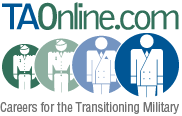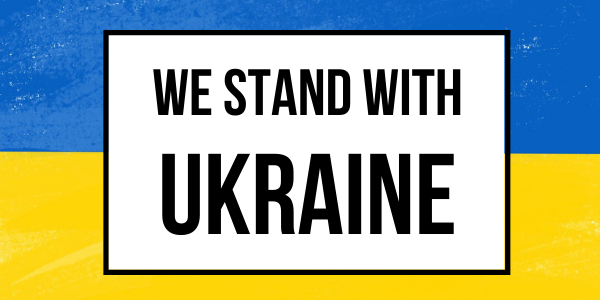Title:3 Steps to a Better Job Interview
Author:Bill Hobbs
Date:October 2013
Interviews are a great place for candidates to demonstrate how their unique skills sets may be valuable to employers. By connecting with an employer face-to-face, you can become more than just a name in a stack of resumes. Interviews also provide a great opportunity for you to evaluate the employer and the position, to determine if you want to move forward.
When transitioning into a new career, your focus shouldn't simply be on "winning the job," you should also determine if you would enjoy working in this new role. In order for you to make an accurate determination, you and the interviewer will need to connect effectively. Connecting allows both you and the employer to engage in a meaningful exchange of information and provides a basis for decision making. Below is an excerpt from The WORK Book, How to Build Your Personal Brand and Get Hired!, that covers connecting during the interview process.
It is important that you understand how to effectively connect with an interviewer. "Connecting" begins when two people truly understand each other's view point. It is the first step in building trust and eventually creates mutual understanding. You have probably experienced what it's like to connect at different points in your life. Maybe this happened in a conversation with a friend, or family member while trying to solve a problem. The moment when you and the other person suddenly understood each other, you were connecting.
Connecting is critically important during any conversation where you need to reach a decision point. An interview is a place where you definitely need to connect with the interviewer so that you can understand what he or she is looking for and he or she can understand what you are looking for.
Step 1 — Listen: Let the other person talk, and be sure that you understand exactly what he or she is asking. Don't interrupt, but if you are unclear even a little, pause for a moment and then ask a clarifying question. Asking questions shows the person that you are listening and genuinely interested in answering the question he or she asked.
Step 2 — Provide Adequate Information: After answering a question, look for signs that the interviewer is satisfied with the type of response you gave. It is very possible that the phrasing of the question he or she asked meant one thing to the interviewer and a completely different thing to you. When this happens, you and the interviewer move further from mutual understanding. The interviewer won't get the information he or she is seeking, and you may miss an opportunity to demonstrate value. If you are not sure about the read on his or her reaction, simply ask, "Does that answer the question?" "Does that make sense?" By doing so you can be sure that the interviewer got the type of response he or he was looking for. If not, it will give the interviewer an opportunity to rephrase the question.
Step 3 — Be Interesting: Step back from the canned answers, and give some context to whowhom you really are. Canned answers are boring and push you and the interviewer further from connecting. Think about the interests you have, and relate them to the job you are applying for. If you like sports, music, or the outdoors, talk about why your experiences in those areas make you a stronger "fit" for the company For example, I played football in college. If I were applying for a job where teamwork was important, I could reference a situation where through teamwork we were able to pull out a fourth quarter win."
Rather than just "winning the job," focus on connecting during the interview. Spend some time preparing and researching before the interview. During the interview be sure to listen, provide adequate information, avoid canned answers, and try to enjoy the process. Finding a new career should be a fun and exciting time in your life
For more information on The WORK Book: How to Build Your Personal Brand and Get Hired! by Bill Hobbs, check out www.bill-hobbs.com. The book is available on Amazon, Kindle, and Nook.

